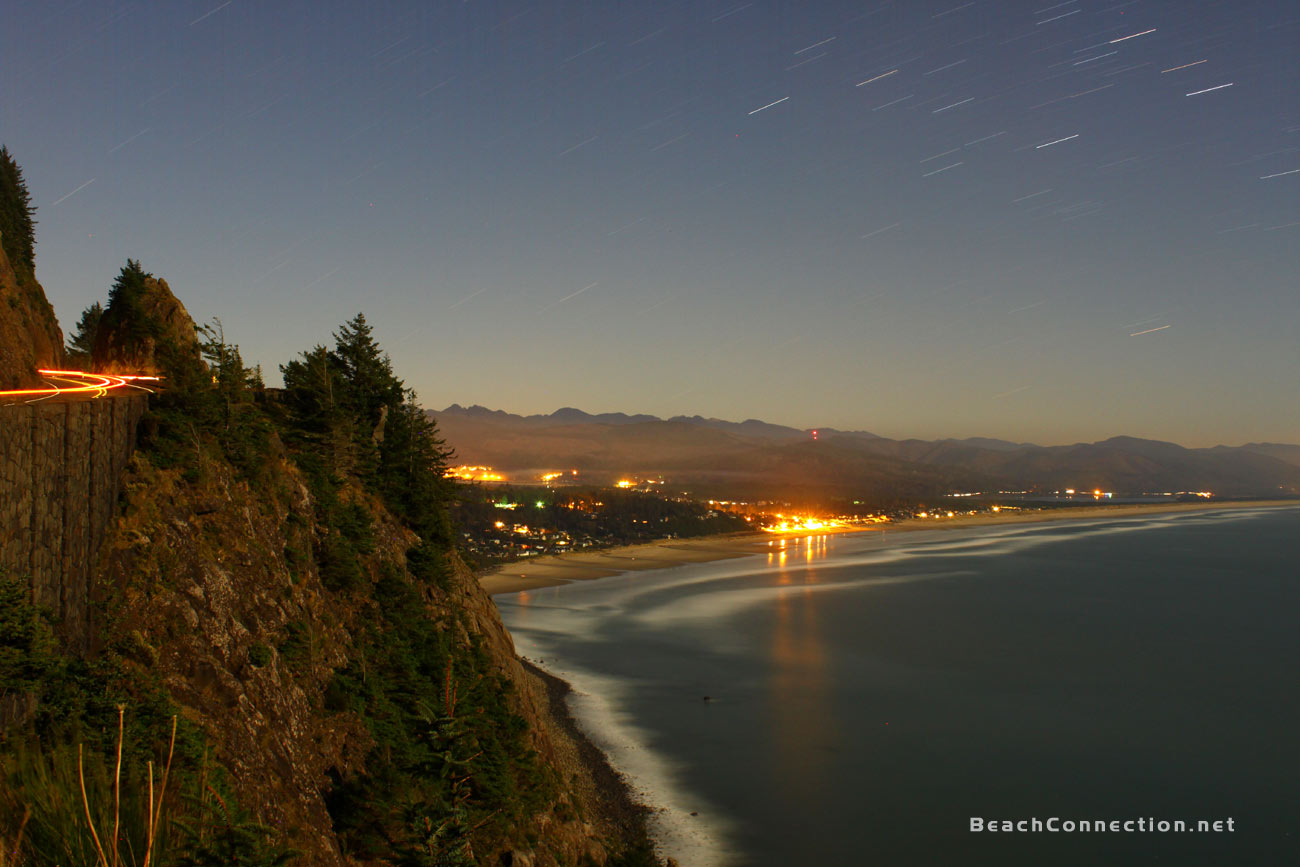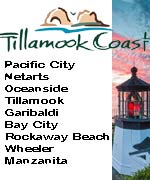Above Oregon: Meteor Showers Put On Show, Peak of Perseids
Published 08/12/2019 at 6:53 AM PDT
By OREGON TRAVEL DAILY STAFF

(Portland, Oregon) – Get ready to look up over the next 48 hours. All around Oregon.
Right now, through August 13, is the peak of the Perseids meteor showers. And the Pacific Northwest, including Oregon, is getting a prime view.
They are one of the brightest of the entire year, starting slowly around July 17 and then fading out on August 24. But the their peak is August 9 through 13, and you’ll still catch a good eyeful for awhile after that. There will also be a couple of star parties in Oregon, where you can see plenty.
According Jim Todd, astronomy expert at Portland’s OMSI, said this shower is made of tiny space debris from the comet Swift-Tuttle. They’re named after the constellation Perseus. This is because the direction, or radiant, from which the shower seems to come in the sky lies in the same direction as Perseus.
You can see between 60 and 100 meteor streaks per hour, if you’re in a dark enough place. Eastern Oregon will suit that better than the northwest portion of the state.
For the Oregon and Washington Coast see: Saturn, Jupiter and Two Meteor Showers for Washington, Oregon, Coastlines
It’s all weather-dependent, of course.
“The evening of the 12th August will give us the best chance, if clear, of viewing the shower, but the peak is quite broad and so it is well worth observing on the nights before and after,” Todd said. “Most meteors are seen looking about 50 degrees from the ‘radiant’ which lies between Perseus and Cassiopeia. Unfortunately, on the peak, a bright waxing gibbous moon will diminish much of the Perseids from view.”
According to the International Meteor Organization, the Perseids for 2019 maximum should come between noon on August 12th and after midnight on the 13th. Todd said the midpoint of this range falls during the night of August 12-13 for North America. Start watching on the evening of the 12th (Monday night) as soon as the world darkens and the Double Cluster in Perseus clears the horizon after midnight.
“Every year, Earth passes through debris paths left by comets as they hurtle past the Sun,” Todd said. “The results of these intersections are called meteor showers when the tiny bits of debris burn up in Earth’s atmosphere. We see them as bright streaks across the night sky and name them shooting stars, intense streaks of light across the night sky. Caused by small bits of interplanetary rock and debris called meteoroids that crash and burn up high in Earth's upper atmosphere, they travel at thousands of miles per hour and quickly ignite in the atmosphere’s friction, 30 to 80 miles above the ground. Most are destroyed during entry; the rare few that survive and hit the ground are known as meteorites.”
There are many intersections of debris and the Earth’s orbit, but the Perseids are the most well known. It all comes from comet Swift-Tuttle’s last trip through this part of the solar system and around the sun, way back in December of 1992. When a comet comes around the Sun, it will shed its icy, dusty debris in a stream that trails from its orbit. If the Earth happens to travel through this, we here on the planet see a meteor shower.
Watching a meteor is not, well, rocket science Todd said. It’s easy.
“Choose an observing location which gives a wide view of the sky with as few obstructions as possible,” Todd said. “If you're viewing from the city, try to observe where artificial lights obstruct the least. Meteor watching is an unaided-eye event but binoculars are handy for watching trails (persistent trains) that may hang in the sky for one or more seconds after a meteor's passage.”
Perseids are fast meteors and tend to be fairly bright at magnitude of -1. An occasional fireball is possible.
Tonight, there are two OMSI Star Parties – one in the Gorge and the other in the Oregon Coast Range.
Rooster Rock State Park or L.L. Stub Stewart State Park:
The Oregon Museum of Science and Industry (OMSI) is getting ready for its largest star party of the year on Monday, August 12, the Perseid Meteor Shower Watch. Hundreds of star lovers from across the Pacific Northwest will be meeting at both Rooster Rock State Park and Stub Stewart State Park at 9 p.m. to watch and enjoy the wonder of the Perseid Meteor Shower. The event, sponsored by OMSI, Rose City Astronomers, and Oregon Parks and Recreations will have telescopes set up for attendees to use. OMSI staff will be presenting informal talks about the meteor shower, constellations, and the summer sky.
Rooster Rock State Park is located 22 miles east of Portland on I-84 just east of Sandy River at exit 25.
To reach L.L. "Stub" Stewart State Park, take US-26 west of Portland and turn right on OR-47. The event starts at 9:00 pm and is free with $5 parking per vehicle. Limited capacity, first-come, first-served. When capacity is full, parks will close.
On the scheduled day of each OMSI Star Parties, it is suggested that interested visitors check at www.omsi.edu for possible weather-related cancellations.
Portland
Portland Restaurants, Dining
Columbia
Gorge
Columbia Gorge Lodging
International, United States Travel, Attractions, Flight Deals
![]() Subscribe to this travel news feed in a reader
Subscribe to this travel news feed in a reader
Where to Stay on the Oregon Coast
General Oregon Coast Hotels
Seaside Hotels
Cannon Beach Hotels
Nehalem Bay Lodging
Three Capes Lodging
Lincoln City Hotels
Depoe Bay Hotels
Newport Hotels
Waldport Hotels
Yachats Hotels
Oregon Coast Vacation Rentals
Oregon Coast Lodging Specials
Yet some jaw-dropping culinary secrets exist here, hiding in plain sight
Oregon #OptOutside Day Brings Free Fishing, Nov. 27-28
This weekend, after the afterglow of Thanksgiving is done, Oregon gives you a couple of free days
Washington's Goldendale Observatory Begins Virtual Space Programs
Goldendale Observatory is hosting a series of online / virtual programs each week that take you beyond the Earth's bounds
Top Five World Hotel Groups Hit Hardest By Coronavirus
for many countries it is likely to take years for the industry to recover to pre-COVID-19 levels
New Video for Walla Walla, Washington Provides Dreamy Glimpses of Rugged, Cul...
Rural yet chic. That's how the local visitors center is describing the area







